It is often said that the best way to improve something, anything that you do creatively is to give yourself a project. A self set goal that focuses your creative energies onto an end target. This allows you to break the goal down into steps, a plan, a strategy. I can honestly say that none of that applied to how I started my own long term photography project.
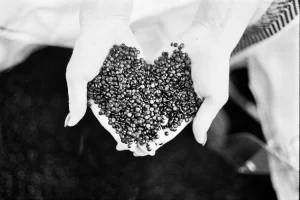
I had recently got back into taking pictures, mainly on my iPhone and posting them to either Instagram or EyeEm. It seemed I was just snapping aimlessly really. My interest in film cameras had returned after a chance encounter with an Olympus Trip 35. Then quite by chance, I was asked to visit a factory in West London to discuss an engineering contract with a new client as part of my day job.
The client in question was a vinyl record pressing plant now known as The Vinyl Factory. Born from the ashes of the EMI press works when it ceased vinyl record manufacture in the early 2000’s.
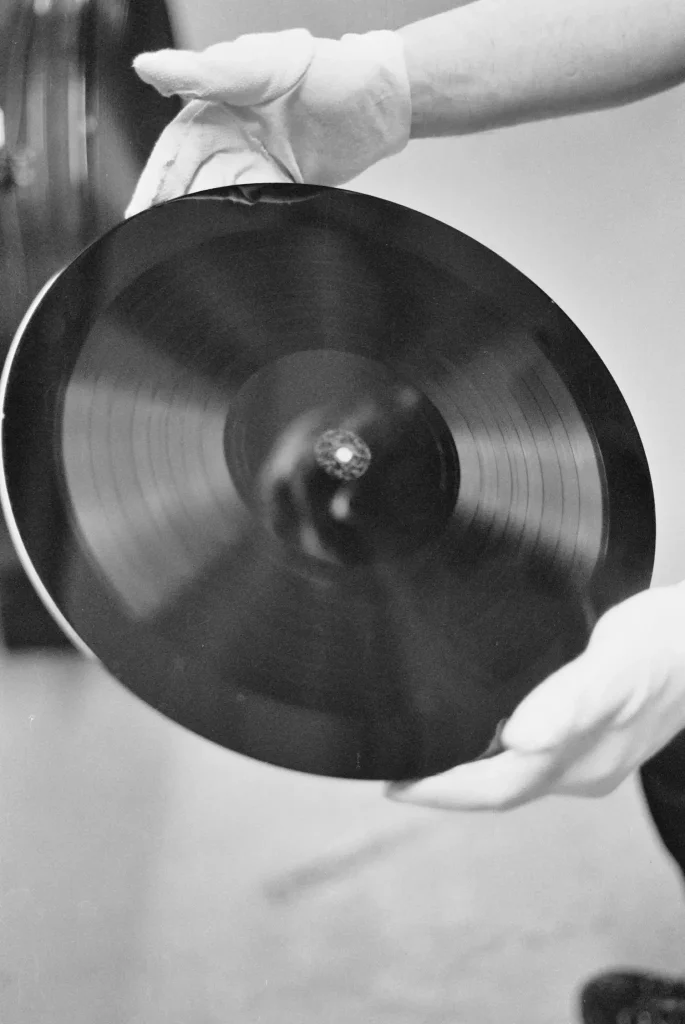
On entering the plant, I was overwhelmed with nostalgia for my youth. My record collection and music taste literally defined who I was back then. Standing in the very place responsible for some of the most iconic records ever, I felt compelled to go and get a camera and start photographing everything in sight. But it’s not as easy as that.
After my day job work was done for that visit, I plucked up the courage to ask the MD if it would be OK to come in and shoot some pictures in the factory. That took a little time to get agreement, but after looking at my slowly growing portfolio, was granted permission. Could it be that simple to get access? It seemed so but I think timing and approach had a lot to do with it.
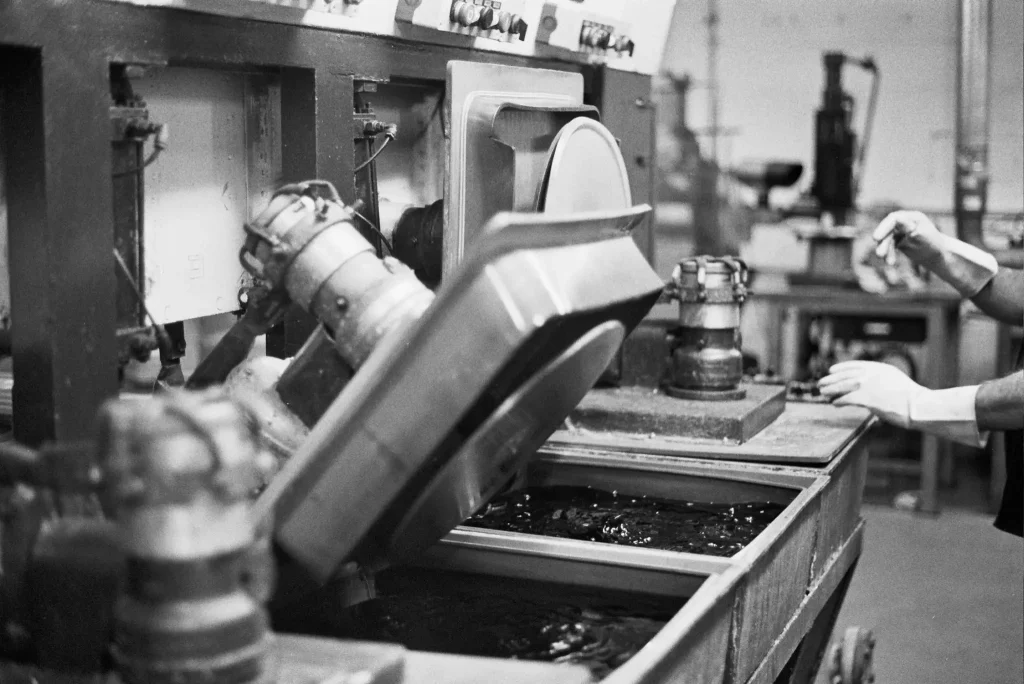
With such an analogue legacy before me, it seems the only option was that this project had to be done on analogue cameras, the tools used to record this project had to be authentic, and contemporary with the subject matter.
It wasn’t long since I purchased a classic fixed lens rangefinder. A near mint Olympus 35SP, you can read about that here, so was on the lookout for a small project, an essay subject. Something to give me a reason to shoot. Serendipity?
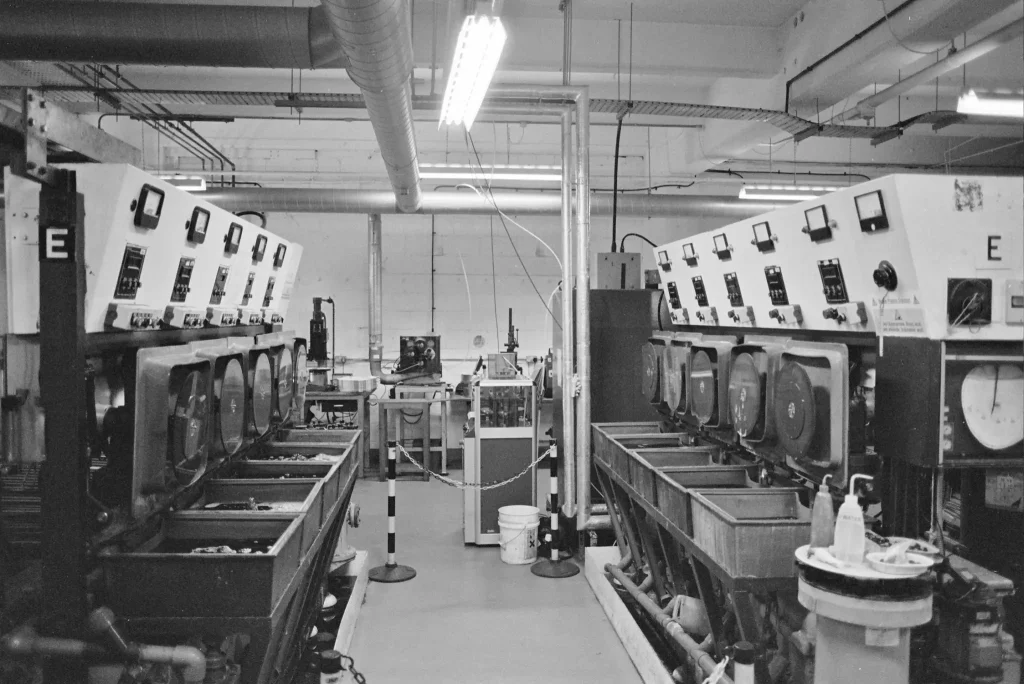
Now what? I was in way over my head, having never done anything like this before. Looking at essays online, to get some ideas, I started shooting, some colour film some black and white, to see what worked and go from there.
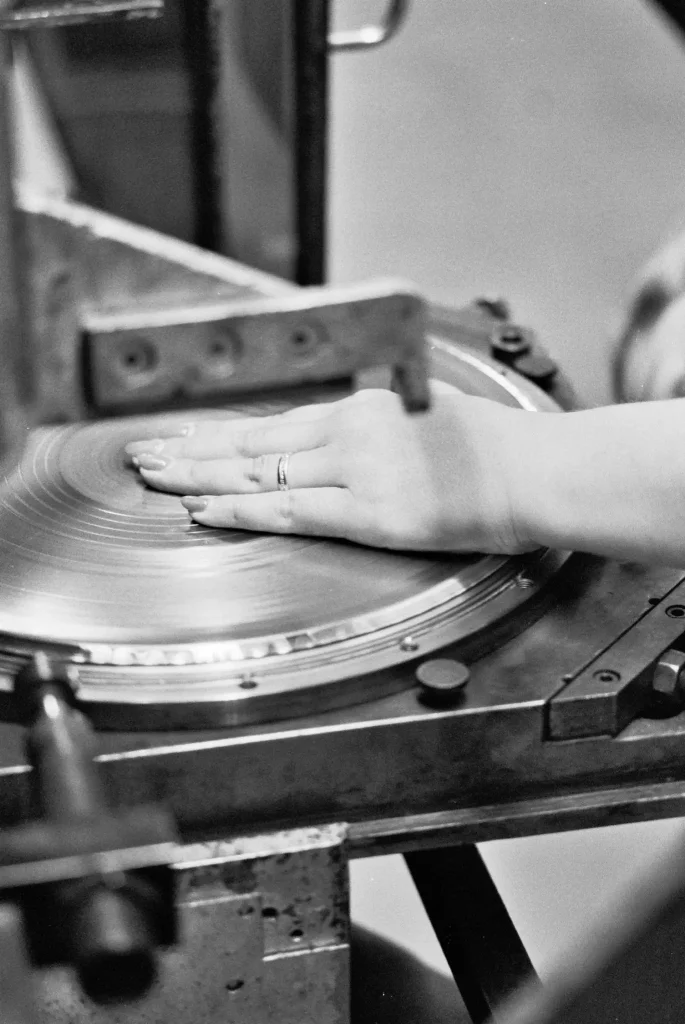
The first rolls showed lots of promise. Both the color and black and white had potential. Every frame seemed to scream vintage character, and history. However, after some consideration, discussion with friends, and the client (I use the word loosely as it was self commissioned project!) I settled on Ilford excellent HP5+ Black & White, for a number of reasons, speed being one, but mainly I just thought the aesthetic gave the right look. Black vinyl, white labels.
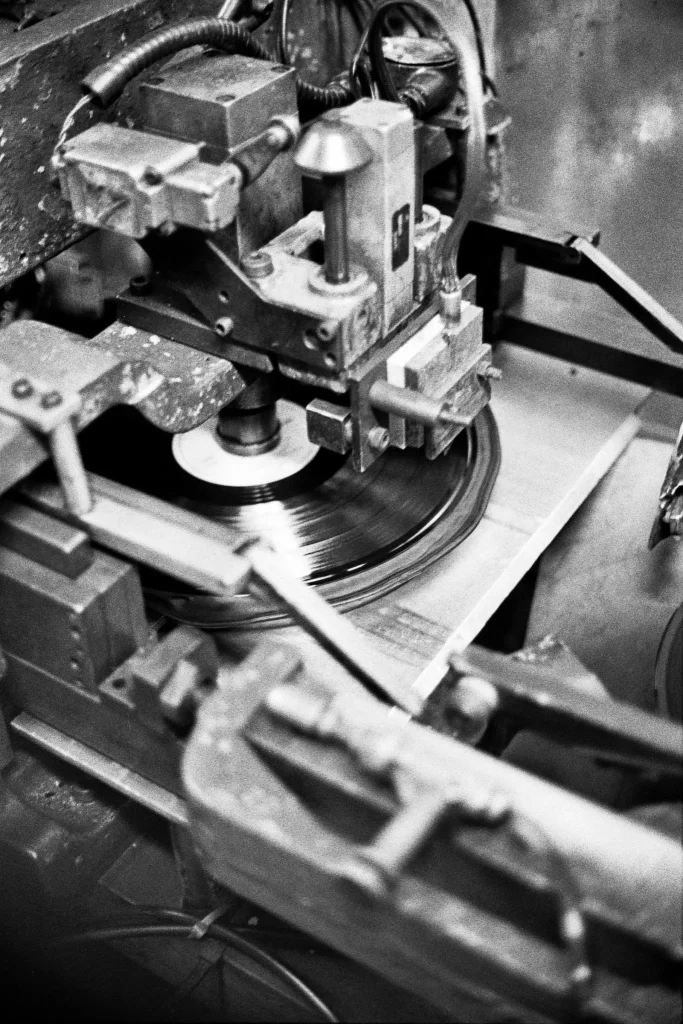
Now this is where the hard work set in. With maybe 70-100 frames after the first visit or two, the gestation and editing begun. Killing your own babies is a very difficult process. Extracting just the images that really connected with the slowly unfolding narrative was really difficult. Particularly as I didn’t have a clear brief in the first place! I needed space between the shoot, first view of the shots and eventual selection to get the objectivity needed. They say this is what Garry Winogrand did with his rolls. One reason why so many undeveloped rolls were found after he died. He needed to look at the images without the memory of taking them, seeing them with fresh eyes.
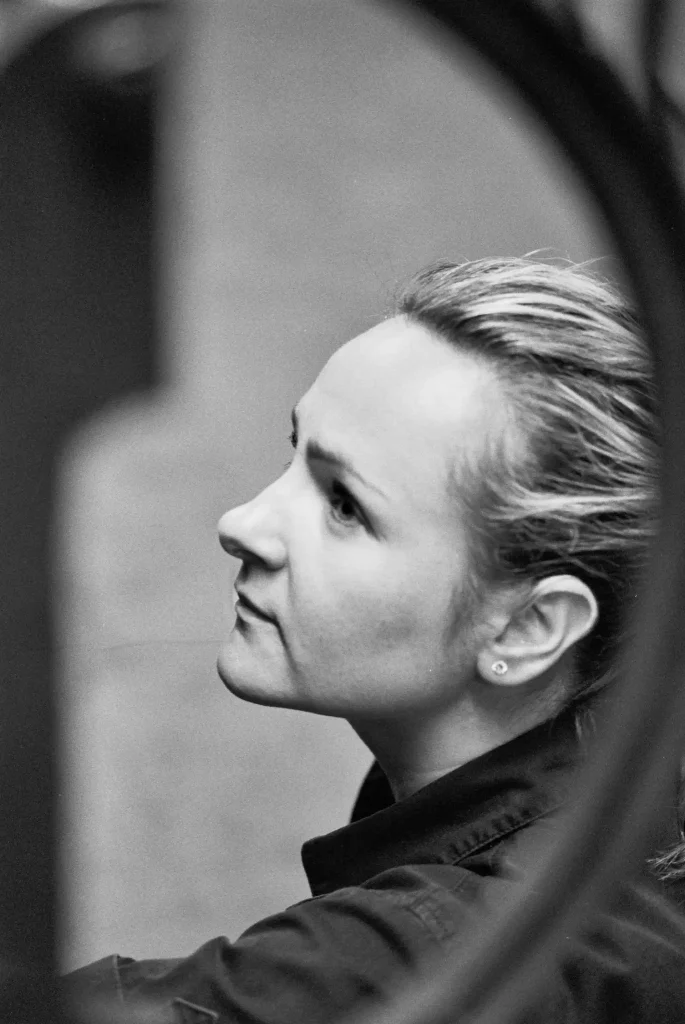
Clearly I couldn’t do that. But I could put some space between me and the images to get some perspective on them. This of course extends the duration of any project timeline. A typical photo project I read somewhere was between 2 – 5 years. I wasn’t sure I would be able to sustain that level of commitment, especially with an art director friend saying I just needed to finish it and move on.
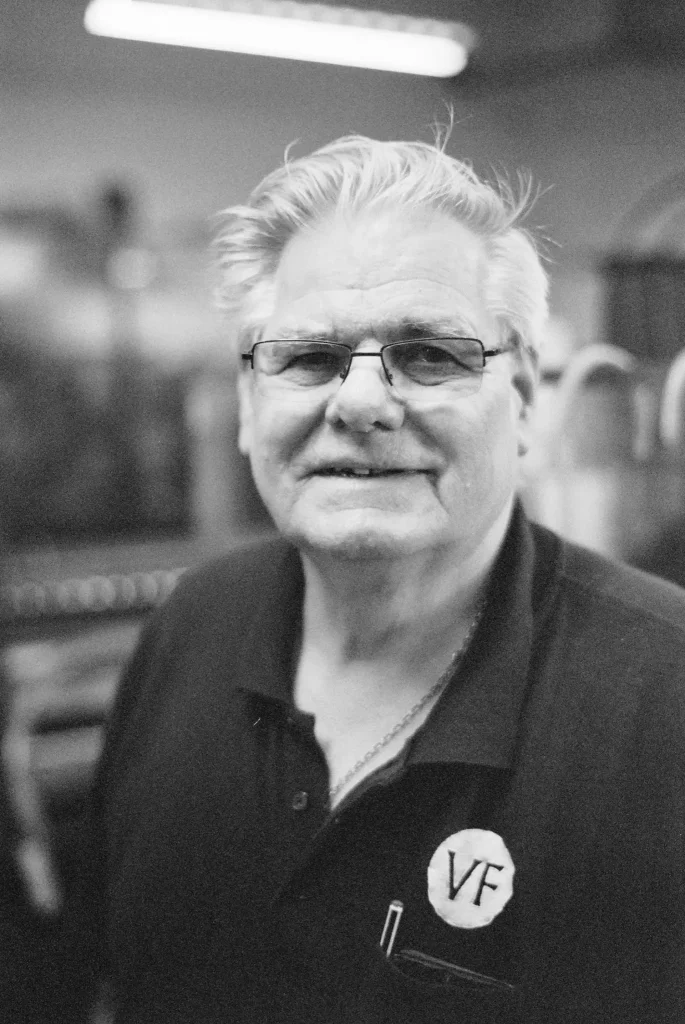
The largest challenge I found was the edit. Not editing or retouching of the images themselves, but the selection of images. With about 400 plus images to choose from, some very similar but with a slightly different angle or lighting, it seemed never ending. Pulling all my favorites into a book template really helped. What would have been even better in hindsight would be to use prints to select and order the sequence. This is how I feel it would go in future. Taking the time to note image numbers and roll numbers with greater diligence would make this stage much easier.
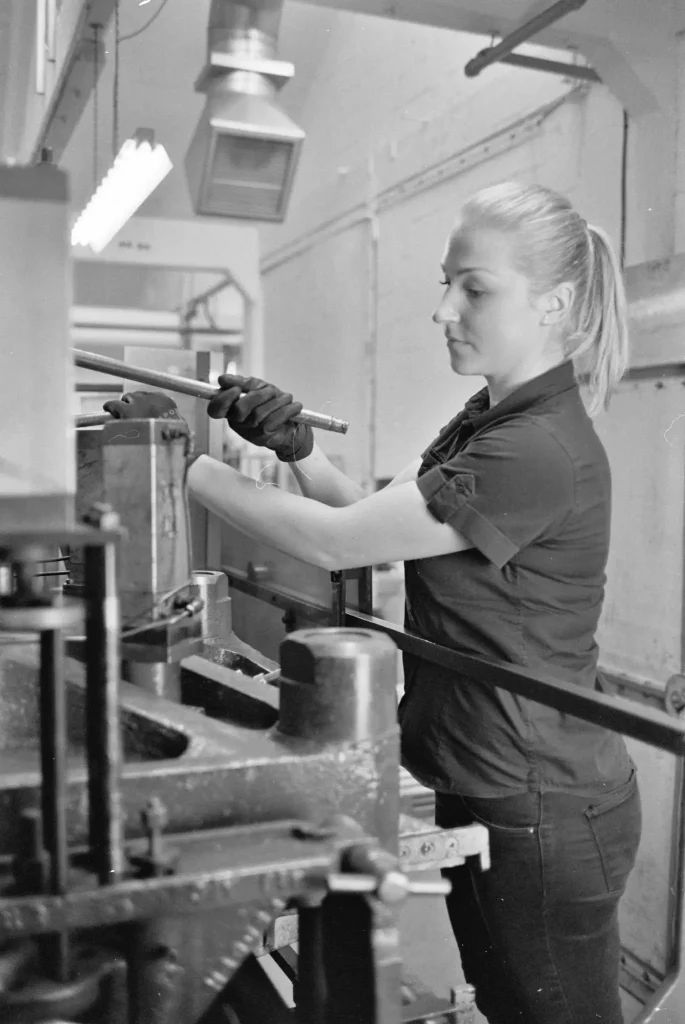
The real sticking point for me was coming up with the words needed to tie it all together. It needed a story, more than just the pictures. There was a lot going on in some of the images and without some explanation, the relevance of the image in would be lost. Running the commentary through every page detracted from the idea of a photo book. It broke the flow of the images. So after a couple of re-writes the images and words were divided into three sections. Process, People and Place. This I felt was a natural grouping of subject matter.
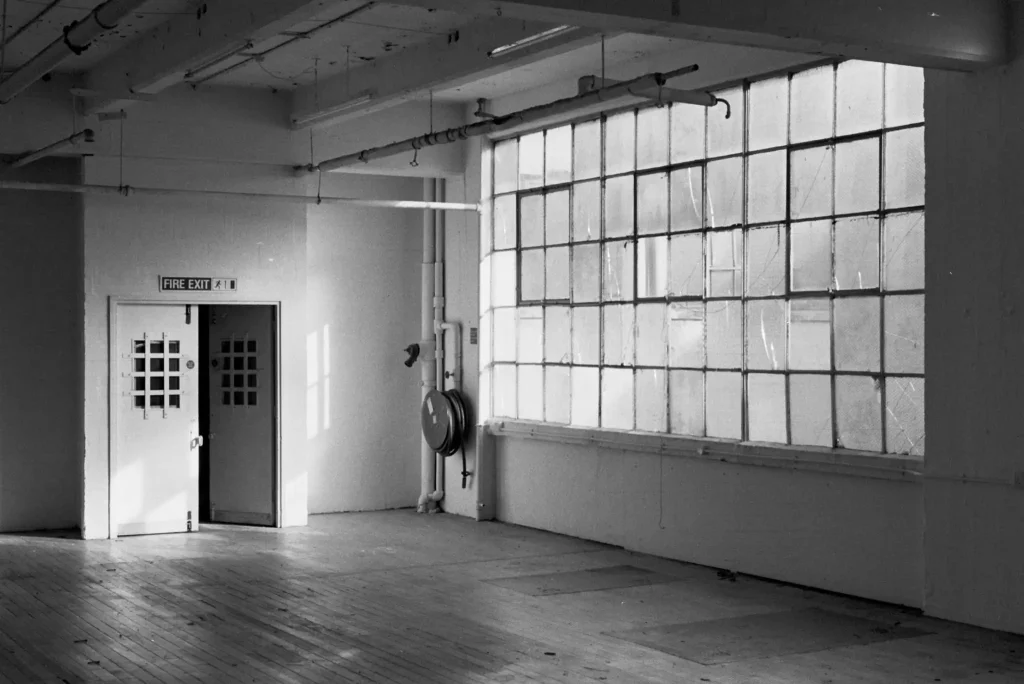
Finally after two proof prints, and nearly two years of shooting, consideration, writing and thought process a complete book emerged. A long way from the initial concept of a brief photo essay of say 10-15 images and a short article, but it is something I am proud of. It’s also the most expensive book I own. Adding up the film, processing, proof prints and days of holiday taken to shoot I don’t want to think what this project has actually cost directly. Not to mention the gear acquisition that occurred during the process. Starting with a single rangefinder and ending up with two Olympus OM SLR bodies and a collection of lenses, continuous soft box lights and bags etc.
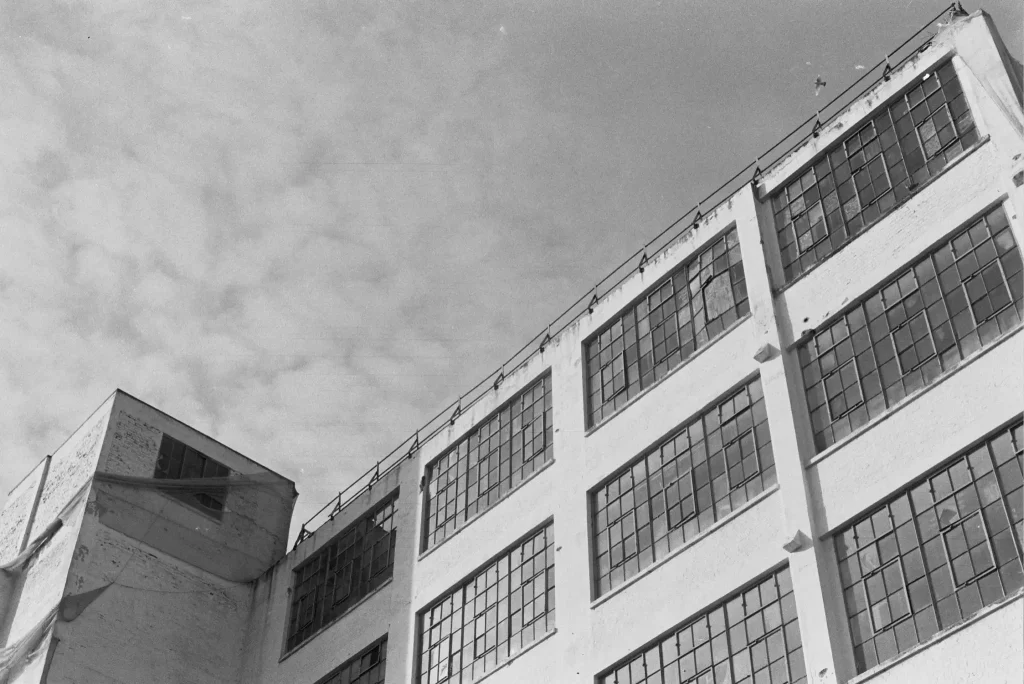
Giving myself a project has been a great learning experience and one I plan to repeat. But only once I’ve managed to do something with the product of all this effort. Maybe before? I have a few ideas for the next one, but with the wisdom of hindsight it will be based around smaller “projectettes” that could build in to a larger body of work. I have definitely been bitten by the documentary bug, recording for the future what is today seen as ordinary.
So, go on, give yourself a project this year and see where it takes you. You may surprise yourself.
If you would like to follow my work you can via the links below.
www.julianhiggsphoto.com
www.instagram.com/julian.higgs
Share this post:
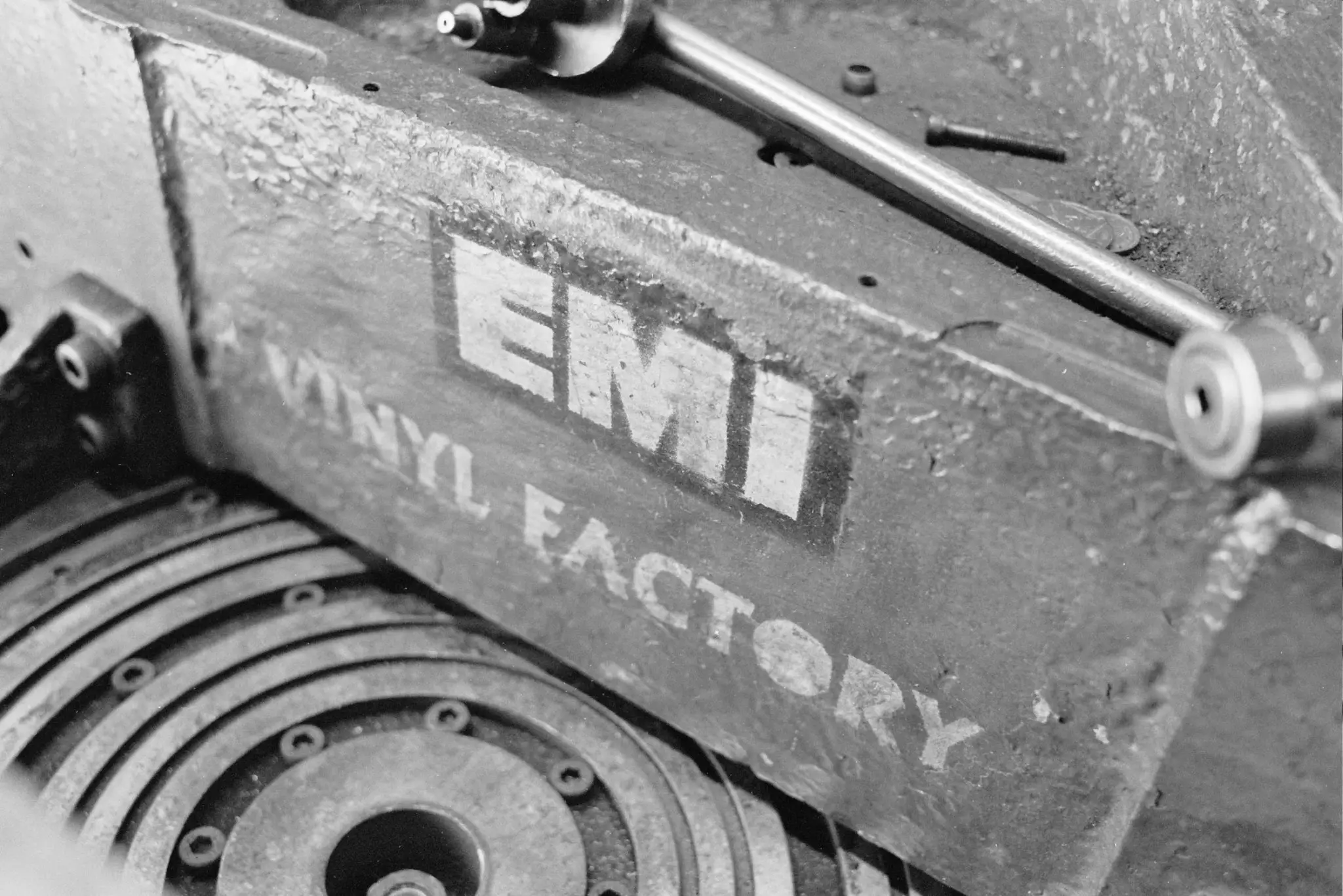
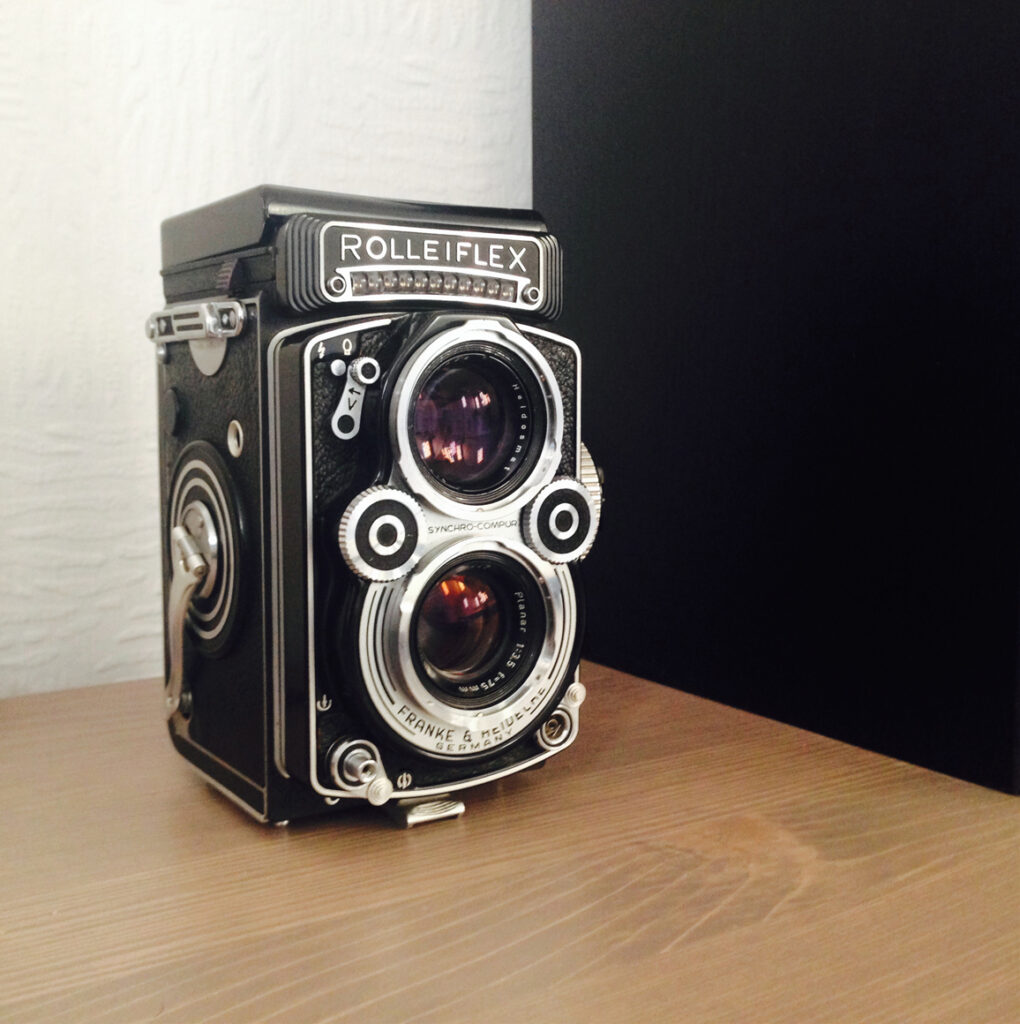
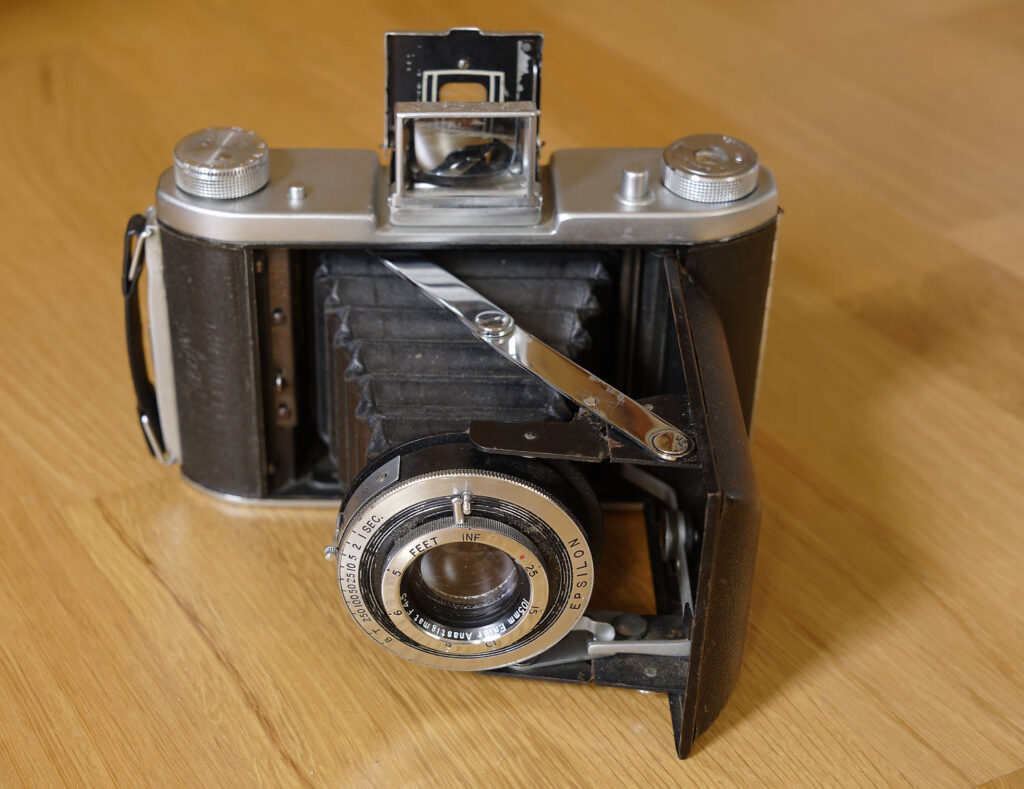
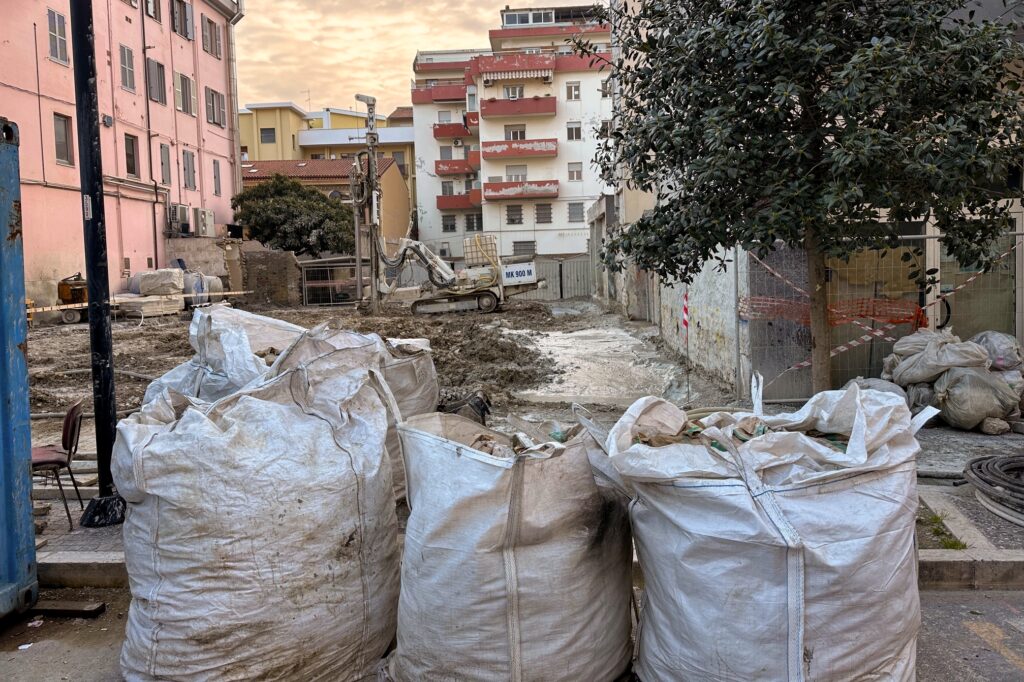
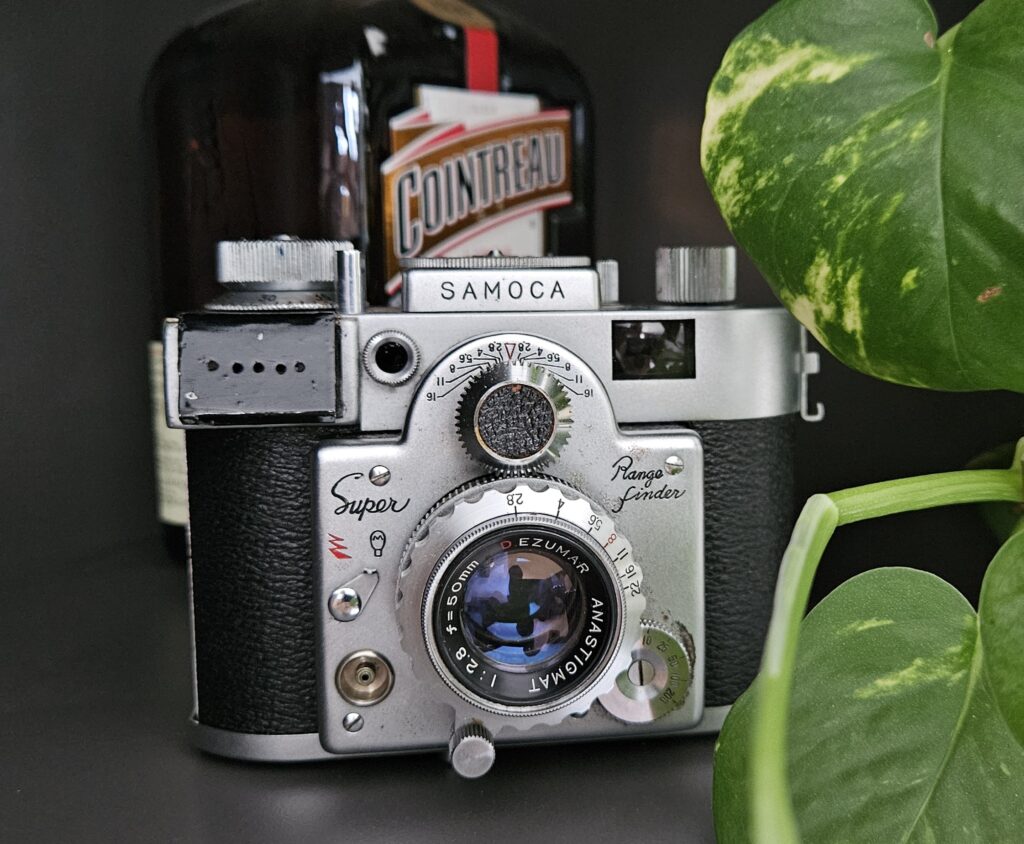




Comments
Eirik Holmøyvik on Motivation in Your Photography or The Importance of A Project – By Julian Higgs
Comment posted: 01/01/2019
Comment posted: 01/01/2019
Carlos Albisu on Motivation in Your Photography or The Importance of A Project – By Julian Higgs
Comment posted: 01/01/2019
Comment posted: 01/01/2019
Motivation in Your Photography or The Importance of A Project – By Julian Higgs – fooshya on Motivation in Your Photography or The Importance of A Project – By Julian Higgs
Comment posted: 01/01/2019
thorsten wulff on Motivation in Your Photography or The Importance of A Project – By Julian Higgs
Comment posted: 01/01/2019
/t
Comment posted: 01/01/2019
Dimitri on Motivation in Your Photography or The Importance of A Project – By Julian Higgs
Comment posted: 01/01/2019
Comment posted: 01/01/2019
Kodachromeguy on Motivation in Your Photography or The Importance of A Project – By Julian Higgs
Comment posted: 02/01/2019
There is another reason why your manual film camera fit this topic so well: both the camera and the factory are traditional mid-20th century technology. From what I can see, the machinery and operating controls are manual. I do not see any monitors or computer controls anywhere. If EMI ceased stamping LP records in the early 2000s, they may have never made the investment to automate the production line. It is wonderful to see these operators doing their work the traditional way.
julianhiggs on Motivation in Your Photography or The Importance of A Project – By Julian Higgs
Comment posted: 02/01/2019
The project had to be on film for that very reason. Authenticity means a great deal I think. On to the next one!
Floyd on Motivation in Your Photography or The Importance of A Project – By Julian Higgs
Comment posted: 02/01/2019
julianhiggs on Motivation in Your Photography or The Importance of A Project – By Julian Higgs
Comment posted: 02/01/2019
I did share images along the way, usually via a shared folder in the cloud of the specific images of the workers with the person in the image and almost the entire shoot history with the management. You could argue this is a risky strategy and a sure fire way to lose control of your images to the wider world, but so far it seems to have been OK on that front. it wasn't about copyright or commercial gain but learning 'on the job' so to speak, it had been so long since I'd shot film, and never anything of this scale or duration.
Daniel Castelli on Motivation in Your Photography or The Importance of A Project – By Julian Higgs
Comment posted: 02/01/2019
Unfortunately, I have just passed through 2 years of simply shooting, processing film and storing it. I'm making my way out of the darkness into the lighter gray to white areas. One of the things that is beginning to excite me is the anticipation of re-discovering shots taken and forgotten.
I love your shots of the factory and the people whole ride the beasts. My favorite is the portrait of the young woman operating the press. There is a quiet pride in her face. These photos celebrate the dignity of work. Thank you.
Comment posted: 02/01/2019
Bill Brown on Motivation in Your Photography or The Importance of A Project – By Julian Higgs
Comment posted: 02/01/2019
You mentioned using a book template when selecting images. Will a book be forthcoming? I'm glad you shot for a least 2 years. That length of time allows you begin to engage with your subject at a deeper level, seeing past the surface excitement and into the heart.
A photo project can create the environment for what I have heard referred to as an imprint moment. This is when you have an experience that can alter the direction of the work you are doing photographically, the way you "see" or even your lifes work. I wish you all the best in any future endeavors. Keep pressing into new areas and thanks again for your story and photographs.
Comment posted: 02/01/2019
Adam Laws on Motivation in Your Photography or The Importance of A Project – By Julian Higgs
Comment posted: 13/01/2019
Comment posted: 13/01/2019
The Craft Project - A New Direction - by Julian Higgs - 35mmc on Motivation in Your Photography or The Importance of A Project – By Julian Higgs
Comment posted: 06/05/2020